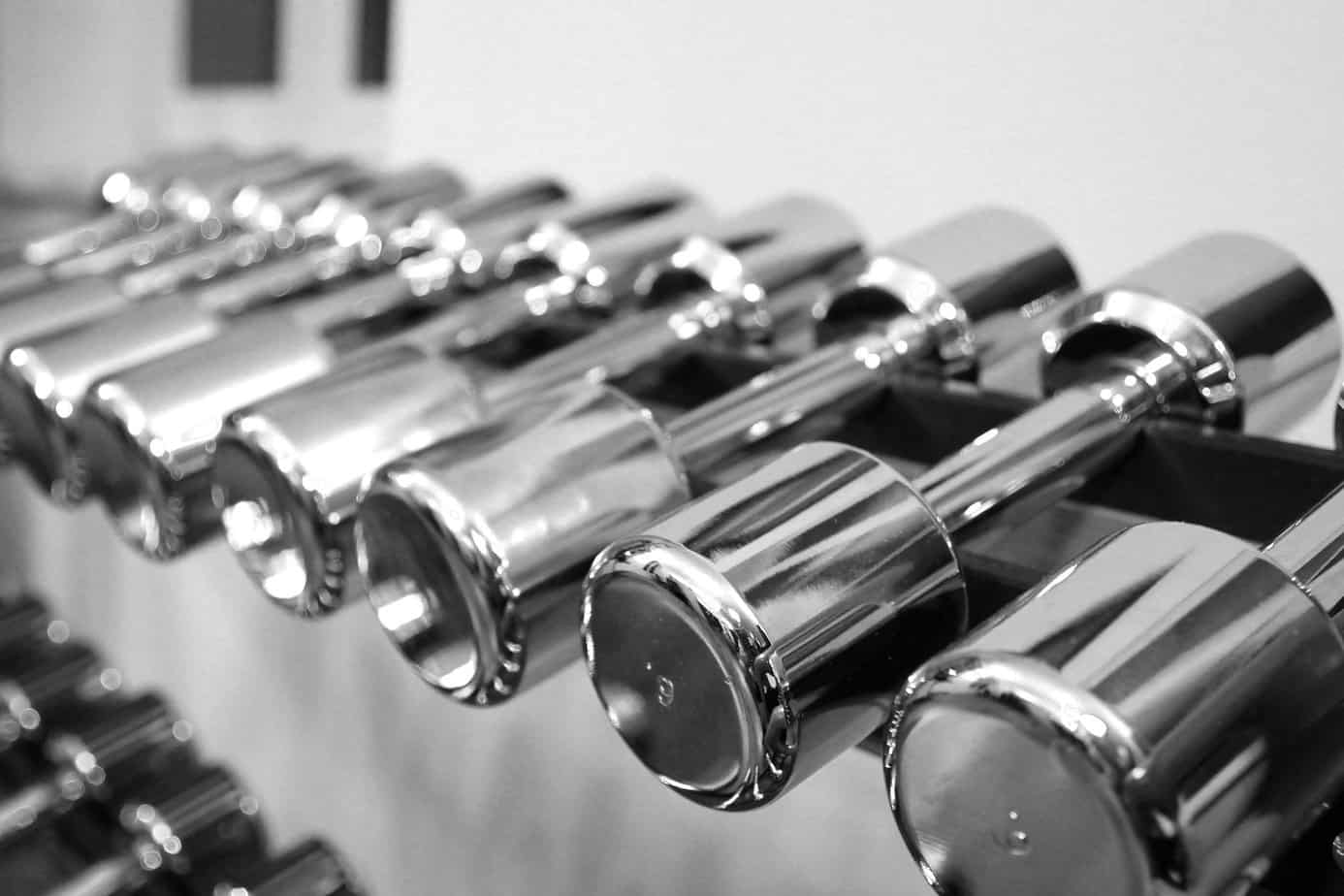Contents
- Background & Objective
- What They Did
- What They Found
- Practical Takeaways
- Reviewer’s Comments
- About the Reviewer
- Comments

Original study
Cormier P, Freitas TT, Rubio-Arias JÁ, Alcaraz PE. (2020). Complex and Contrast Training: Does Strength and Power Training Sequence Affect Performance-Based Adaptations in Team Sports? A Systematic Review and Meta-analysis. J Strength Cond Res, 34(5); 1461-1479.
Click here for abstract
Background & Objective
Complex (CPX) and contrast (CNT) training are often used interchangeably, however, there are distinct differences. CPX training refers to alternating a high-load exercise with a lighter-load power exercise (e.g. box and squat jump). CNT training refers to contrasting heavy and light loads, performing all high-load strength exercises at the beginning of the session, followed by lighter-load power exercises at the end.
To date, it is unknown what the best exercise sequence is to achieve the greatest performance adaptations. This meta-analysis investigated the effects of CPX and CNT training on lower-body strength, vertical jump, sprinting, and change of direction ability.
What They Did
Databases PubMed, SPORTDiscus, and Web of Knowledge were searched with the following keywords: “contrast training”, “complex training”, “combination training”, “post-activation potentiation”, “performance”, “power”, “strength”, “sprint”, “jump”, “agility”, “change of direction”, “1RM”, “athletes”, “players”, “team-sports”, “basketball”, “soccer”, “rugby”, and “volleyball”.
Studies were included in the review if:
a) One group participated in CPX or CNT intervention protocols,
b) Subjects were competitive team-sports athletes,
c) Interventions were at least 4 weeks long, and
d) At least one performance outcome was reported.
Following this process, the authors determined that twenty-seven studies (17 CPX and 10 CNT) fit these criteria and were included in the review.
What They Found
Maximal Strength
⇒ Both groups showed large one-rep max (1RM) improvements from baseline (23.4 % and 23.7 % for CPX and CNT, respectively).
⇒ Strength exercise <85 % 1RM resulted in larger increases when compared to >85 % 1RM.
Vertical Jump
⇒ CPX showed large improvements (9.3 %) whereas CNT Sprint
⇒ Large improvements were reported after the CPX intervention (-4.7 %).
⇒ Small, non-significant improvements were found after CNT intervention (-1.3 %).
Change of Direction
⇒ Large improvements in CPX (-4.9 %) and in CNT (-3.3 %).
⇒ Intensities <85 % 1RM showed larger improvements than intensities >85 % 1RM. Subgroup Analysis
⇒ Elite and sub-elite groups showed greater improvements for all variables compared to amateur subjects (except CNT for vertical jump).
⇒ No significant differences were reported between CPX and CNT for all variables.
Practical Takeaways
⇒ Both methods significantly improved neuromuscular performance. Likely because both methods utilised various loads along the forcevelocity spectrum. However, there was a trend for CPX to be slightly more effective. If using the CNT method, caution must be taken as not to perform too much heavy strength work, as it can fatigue the neuromuscular system reducing the outputs of the lower load power exercises. To reduce future negative outputs, a session could look like this:
A1) Back Squat 3 x 2+2+2 @ 80 % 1RM with 20 sec between reps
B1) KB Swing 3 x 6
C1) Box Jump 3 x 5
D1) Hurdle Hops or Depth Jumps 3 x 4-6
⇒ However, it would be better to complete explosive movements first in the workout. The general rule of fast-to-slow should be followed when looking at exercise sequence. In that case, you would just reverse the above workout example. If working with elite-level team-sports athletes CPX seems to be most effective. In this case, you can pair the strength and power exercises, for example:
A1) Back Squat 3 x 3-5 @ 80 % 1RM
A2) Hurdle Hop or Depth Jump 3 x 4-6
B1) KB Swing 3 x 6
B2) Broad Jump 3 x 4-6
Reviewer’s Comments
“Based on these findings, it would make sense to move from CNT training (fast-to-slow exercise sequence approach) with sub-elite and amateur athletes and migrate towards a complex approach as the athlete starts competing in elite competition. Elite athletes seem to carry less residual fatigue from the previous conditioning exercise to the subsequent power exercise.
If strength training is done at a low enough volume at the beginning of the workout, it can make for an extended warm-up to enhance jump exercises afterwards. However, overstepping that line can be very easy. Power exercises can be great ways to enhance the performance of later strength exercises in the workout making a fast-to-slow approach a better option.”
Want to learn more?
Then check these out…
Read this article
Read this article
Listen to this podcast
Read this infographic

